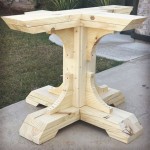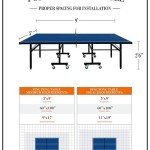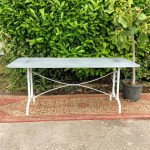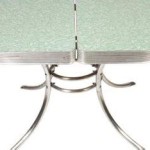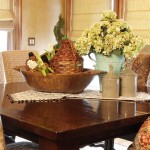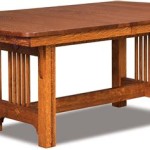Essential Aspects of Sewing Cutting Table Height: A Comprehensive Guide
For any seamstress or tailor, having a sewing cutting table with the correct height is indispensable. An ergonomic and appropriately sized table can significantly enhance comfort, productivity, and overall sewing experience. Here's a comprehensive guide to the essential aspects of sewing cutting table height to help you make an informed decision.
Comfort and Workspace
The primary consideration for cutting table height is comfort. A table that is too high or too low can cause strain on your back, shoulders, and neck, leading to discomfort and potential health issues. The ideal height should allow you to stand or sit in an upright posture with your elbows bent at a 90-degree angle. This promotes proper posture, reduces fatigue, and allows for long hours of cutting and sewing.
Workspace Optimization
The cutting table's height also affects your workspace optimization. A table that is too high can make it difficult to reach the far corners, while a table that is too low may result in cramped and uncomfortable conditions. The optimal height should provide sufficient workspace for spreading out fabric and cutting out patterns without obstruction. Consider the size of your projects and the available space in your sewing room to determine the appropriate table size.
Material Handling
The height of the cutting table significantly influences material handling. A table that is too high can make it challenging to lift and maneuver heavy fabrics, and a table that is too low can put excessive strain on your lower back. The ideal height allows you to easily lift and place fabrics on the table without straining or bending over excessively.
Alternative Heights
In addition to the standard cutting table height, there are alternative heights to consider for specific needs. Adjustable cutting tables allow you to customize the height to suit your individual comfort level and projects. Standing desks are also gaining popularity, offering the benefit of reducing sitting time and promoting better posture. However, it's important to ensure that a standing desk is paired with proper ergonomic stool or chair for support.
Additional Considerations
When choosing a sewing cutting table, consider these additional factors:
- Tabletop Material: Choose a durable and smooth tabletop material that will not damage your fabrics or dull your cutting blades.
- Storage Options: Drawers or shelves beneath the table can provide convenient storage for supplies and tools.
- Mobility: If you need to move the table around your sewing space, consider a model with casters or wheels.
- Budget: Sewing cutting tables come in a range of prices, so determine your budget before making a purchase.
By carefully considering the essential aspects of sewing cutting table height, you can create an ergonomic and functional workspace that will enhance your sewing experience, productivity, and overall well-being.

How To Raise Your Cutting Table Reduce Back Strain Quilting Digest

Buy Fabric Cutting Table Grid Top Silver Legs

Diy Professional Sewing Room Table Brooks Ann Camper Bespoke

Sew Ready Hobby Craft 60 In W X 36 D Mdf Folding Fabric Cutting Table With Drawers Adjustable Height Silver White 13374 The Home Depot

Fabric Cutting Tables

Tailormade Cutting Table 87cm The Ribbon Rose

Diy Professional Sewing Room Table Brooks Ann Camper Bespoke

Fabric Cutting Table Size 2400 X 1800 900 Mm At Rs 15000 In New Delhi Id 13795325773

Comfort 1q Sewing Machine And Overlocker Table Gold

Sewezi Cutting Table Sewing Quilting Furniture


